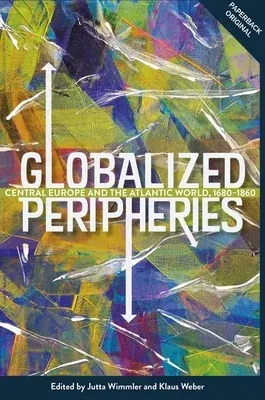Globalized Peripheries: Central Europe and the Atlantic World, 1680-1860Paperback, 19 June 2020

Qty
1
Turbo
Ships in 2 - 3 days
In Stock
Free Delivery
Cash on Delivery
15 Days
Free Returns
Secure Checkout

Part of Series
People, Markets, Goods: Economies and Societies in History
Print Length
286 pages
Language
English
Publisher
Boydell Press
Date Published
19 Jun 2020
ISBN-10
1783274751
ISBN-13
9781783274758
Description
Product Details
Book Format:
Paperback
Country of Origin:
GB
Date Published:
19 June 2020
Dimensions:
23.39 x
15.6 x
1.52 cm
ISBN-10:
1783274751
ISBN-13:
9781783274758
Language:
English
Location:
Woodbridge
Pages:
286
Publisher:
Weight:
408.23 gm